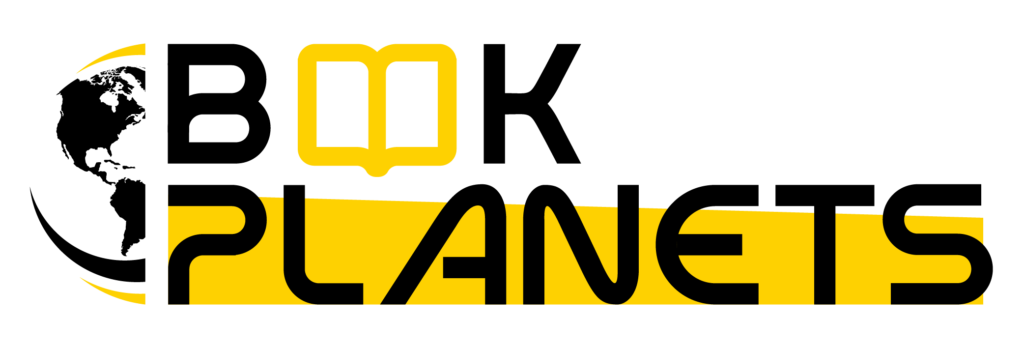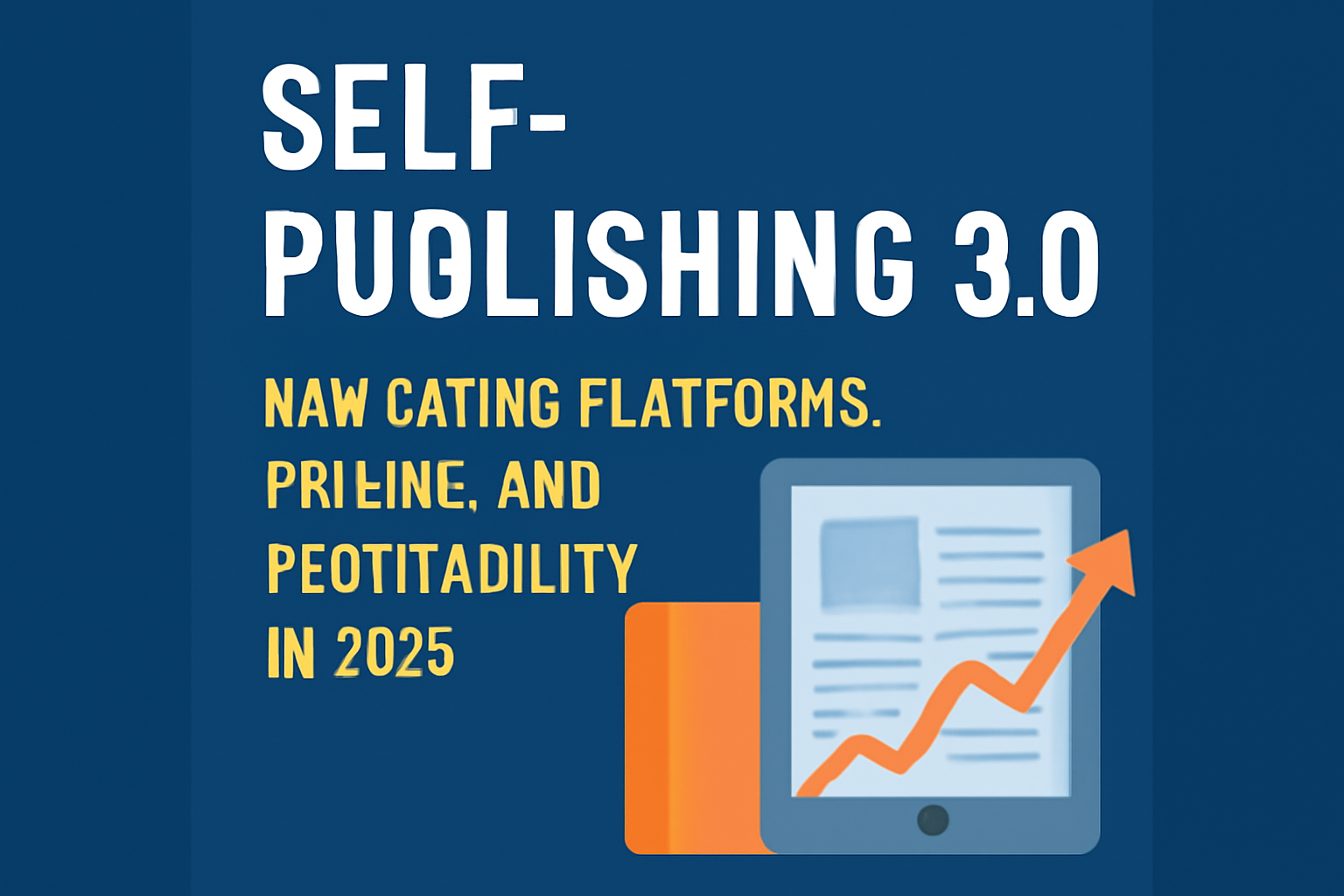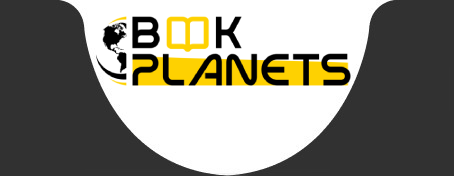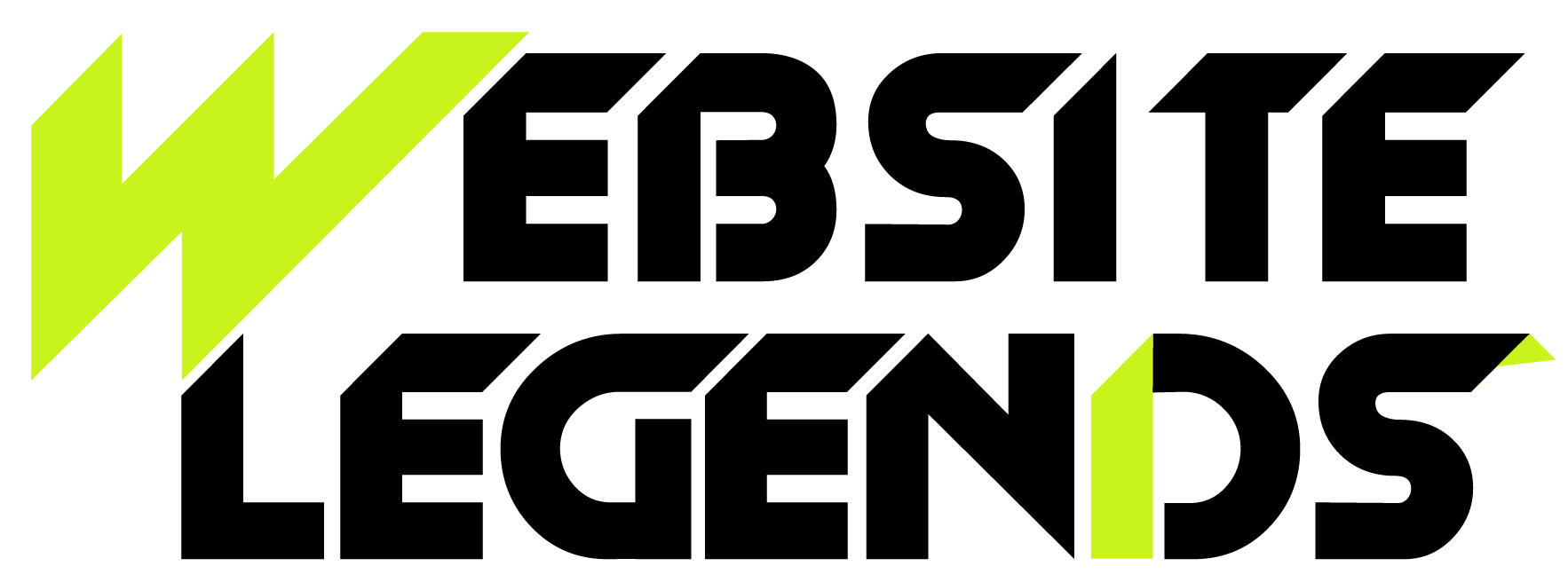In the rapidly evolving landscape of book publishing, Self-Publishing 3.0 isn’t just a trendy label—it represents a monumental shift in how authors approach platforms, profits, and the creative process. With self-publishing services more refined and accessible than ever before, 2025 has opened the floodgates for authors to take full control of their publishing destiny.
From seasoned novelists seeking freedom from traditional contracts to first-time authors finding an audience through social media, this new era of self-publishing is about empowerment, experimentation, and profitability. At the heart of it all lies the author’s ability to adapt, strategize, and leverage technology to turn creativity into a sustainable business.
The Evolution into Self-Publishing 3.0
To understand the promise of Self-Publishing 3.0, we must recognize its predecessors. Self-Publishing 1.0 was the age of vanity presses—expensive and often disappointing. Self-Publishing 2.0 brought the rise of Publishing on Kindle Direct Publishing (KDP) and print-on-demand services, enabling authors to bypass gatekeepers and reach global audiences.
Self-Publishing 3.0 builds on this by integrating automation, analytics, and author-first business models. It’s no longer just about putting a book out there; it’s about publishing smartly, pricing strategically, and building a profitable brand.
Choosing the Right Self-Publishing Platform in 2025
Selecting a platform is no longer just a technical decision—it’s a business strategy. Here’s what to consider:
Kindle Direct Publishing (KDP): Still the go-to platform, Amazon publishing help is more robust than ever, offering real-time sales tracking, promotional tools, and beta access to A/B testing for book descriptions.
Apple Books and Kobo: These platforms are gaining traction with international readers, offering seamless integrations with aggregators like Draft2Digital and PublishDrive.
IngramSpark: For those wanting wide print distribution and professional bookstore access, Ingram remains a powerful ally. It’s favored among authors who invest in local book launches and offline marketing.
Print-on-Demand vs. Offset Printing: What’s Best Now?
Print-on-demand services dominate due to their low upfront costs and zero inventory risks. In 2025, platforms like KDP Print and Lulu offer higher-quality finishes and binding options than ever before.
However, savvy authors are experimenting with offset printing for special editions. These bulk print runs allow for premium packaging and higher profit margins, especially during crowdfunding campaigns or exclusive book box promotions.
Pricing Strategies That Maximize Profit in 2025
Gone are the days of $0.99 ebook gimmicks. Today, pricing is part psychology, part market research, and part strategic positioning.
Tiered Pricing Models:
- Ebooks: $3.99–$6.99 remains the sweet spot for fiction, while nonfiction can command $9.99 or more if it delivers high-value insights.
- Paperbacks: Typically priced between $12.99–$17.99 depending on length, genre, and perceived value.
- Hardcovers and Collector Editions: An opportunity to create premium offerings. Many authors price these between $22.99–$39.99.
Don’t forget to factor in book distribution services fees, taxes, and print costs to maintain healthy margins.
Why Your Author Brand Matters More Than Ever
Self-Publishing 3.0 is as much about your presence as it is about your product. Readers follow personalities, not just books.
Tips for Author Branding:
- Create a unified visual style across your website, book covers, and social media.
- Engage your readers with behind-the-scenes content and regular newsletters.
- Collaborate with influencers and bloggers in your genre niche.
Your author’s brand builds trust, which directly affects book sales optimization and long-term profitability.
Book Publishing Consultation: Worth It in 2025?
Many first-time and even mid-level authors are turning to book publishing consultation services for tailored strategies. These consultants offer everything from manuscript critiques and marketing plans to metadata optimization and global distribution guidance.
Investing in the right consultation can mean the difference between being buried on page 25 of Amazon search results and becoming a bestseller.
New Technologies Empowering Independent Authors
The tech stack of a modern indie author includes:
- AI-Powered Editors: Tools like ProWritingAid and Grammarly have evolved, now offering tone detection and content suggestions.
- Cover Design AI: Platforms like Canva Pro and BookBrush now integrate with genre-specific templates powered by AI insights.
- Voice-to-Text Software: Authors using tools like Otter.ai or Descript are writing faster and hands-free.
These tools streamline the production process, allowing authors to focus on creativity and marketing.
Global Distribution and Book Sales Optimization Tactics
Going global is no longer optional. Authors are reaching readers in India, Brazil, and Africa using:
- Translation Aggregators like Babelcube and Tektime
- Localized pricing models to reflect regional buying power
- Promotional scheduling tools like BookFunnel and BookSprout to sync cross-platform campaigns
To boost book sales optimization, authors are also embracing SEO for Amazon, optimizing backend keywords and leveraging A+ Content features for maximum conversion.
Common Mistakes to Avoid in Self-Publishing 3.0
- Ignoring metadata and backend keywords on KDP
- Undervaluing professional editing and cover design
- Publishing without a launch plan or ARC (Advance Review Copy) strategy
- Relying solely on Amazon and ignoring wide distribution options
Future-Proofing Your Publishing Strategy
With AI-generated content and immersive media on the rise, authors must stay agile. Consider:
- Exploring audiobook production with platforms like Findaway Voices
- Creating serialized content on platforms like Kindle Vella or Substack
- Building direct-to-reader sales funnels using WooCommerce or Shopify
Conclusion
Self-Publishing 3.0 is more than a trend—it’s a transformative movement reshaping the literary world in 2025. With the right tools, strategies, and mindset, independent authors are not just publishing books—they’re building brands, careers, and legacies. From choosing the best self-publishing services to pricing your work for maximum return, the modern author has every reason to be optimistic.





